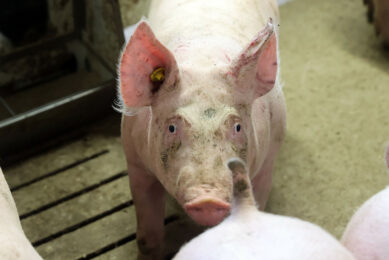RESEARCH: Humans play a role in flu virus diversity in swine
Humans make a substantial contribution to the genetic diversity of influenza viruses in swine.
This was the outcome of research by the National Institutes of Health, located in Bethesda, MD, United States. The research is published this month in the scientific Journal of General Virology.
The researchers write that the outcome emphasises the need to improve biosecurity measures at the human-swine interface, including influenza vaccination of swine workers.
The research was set up to determine the extent to which influenza viruses jump between humans and swine hosts. They undertook a large-scale phylogenetic analysis of pandemic A/H1N1/09 influenza virus genome sequence data.
From this they identified at least 49 human-to-swine transmission events that occurred globally during 2009-2011, highlighting the ability of the virus to repeatedly transmit from humans to swine, even following adaptive evolution in humans.
Similarly, they identified at least 23 separate introductions of human seasonal (non-pandemic) H1 and H3 influenza viruses into swine globally since 1990.
Overall, the researchers concluded, these results reveal the frequency with which swine are exposed to human influenza viruses.
Related websites:
• National Institutes of Health
• Journal of General Virology











